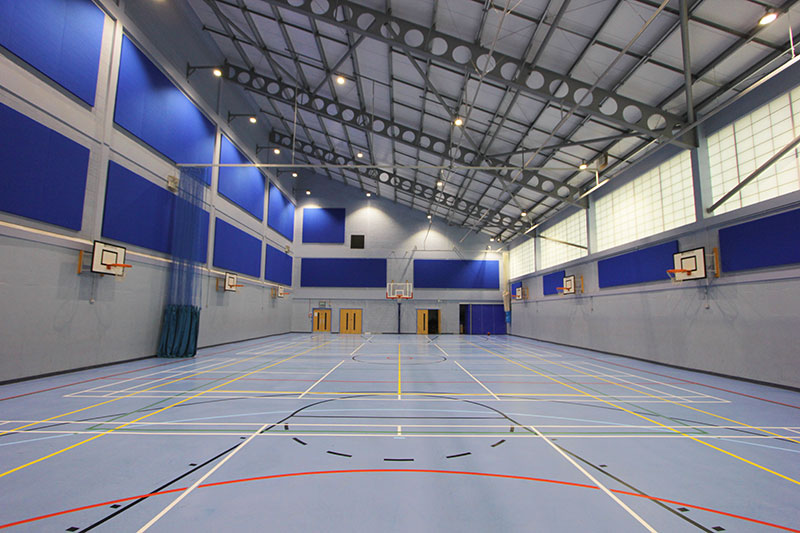Sports flooring in a school can often wear down due to hours of use, with physical education and various team activities taking place throughout the year. Make sure your floors are up to the challenge with these sports flooring tips! Whether remodeling or building from scratch, keep these considerations in mind when choosing the right sports flooring for your school’s recreation area or gymnasium.
1. Determine the Purpose of Your Facility
Before you begin looking into sports flooring options, it’s essential to consider how your school will use the facility. Is it purely decorative, or will it see a lot of traffic from visitors? Knowing how your school facility will be helpful can help you determine what materials and safety precautions are necessary. For example, if your building sees heavy traffic from kids running around in sneakers during gym class, non-slip padding might be essential.
However, suppose your primary concern is avoiding damage to expensive equipment while they’re being stored away during summer break. In that case, high-quality wood flooring with improved hardness might be the best to protect floors while still looking great. If dance flooring is your top priority, you may want to look into epoxy coatings that offer more durability and better slip resistance than other types of flooring. It all depends on what purpose your sports flooring will serve at your education facility!
2. Evaluate Different Types of Sports Flooring
You can choose from various sports flooring materials, including solid wood, rubber, and synthetic turf. In general, they all benefits—such as shock absorption and durability—but there are differences in quality that might matter if you’re looking for a specific result. For example, rubber is often cheaper than synthetic turf but requires more frequent maintenance.
Solid wood floors may be pricier than other options, but they last longer and don’t require much upkeep. Whatever your goal, it’s essential to evaluate your options before making a final decision and choosing a material that meets your needs. A professional in sports flooring should be able to help you make the right choice.
3. Consider Impact Attenuation
While any number of flooring materials can serve an athletic purpose, they must first be durable enough to withstand high volumes of wear and tear. Suppose your school has a gymnasium or plays host to various sporting events each year. In that case, you’ll want flooring that can minimize the impact by absorbing much of it, thereby helping prevent injuries that may arise from falls and other mishaps. High-quality wood sports flooring and rubber sports flooring come in handy in such instances.
The ability of solid wood to cushion impacts makes them ideal for use in these settings. For example, if you need a surface on which athletes can safely practice their skills, rubber flooring is more effective than concrete because it absorbs shock better. And if you need something that will stand up to heavy foot traffic while also providing some added traction underfoot, look no further than a quality wooden sports floor.
4. Go with a Quality Brand
Sports are an essential part of life. Educational facilities such as schools and universities should have sports floors that safely accommodate their students’ needs. Choose a high-quality product for your facility’s sports floors that will last for years.
You want a flooring material and quality that will resist wear and tear due to constant use from students who are running, jumping, throwing, kicking, and more. You should also be able to clean your sports floor with ease, so you don’t have to worry about spending time or money on maintenance or repairs in between events.
5. Check for Certifications and Warranties
If you’re investing in sports flooring, do some research before deciding. Check for warranties, certifications, and requirements for installation. Ensure that your facts are straight before deciding on a product.
Most importantly, make sure that whatever product you purchase will fit your budget, so it doesn’t cause a strain on other areas of your education facility. The right sports flooring can not only create a positive learning environment; it can also provide practical benefits. It all depends on what you need.
Conclusion
The floor you choose should be easy to clean and maintain, durable, provide good traction, andbe appropriate for your facility’s needs. Contact a reliable sports flooring company if you have any questions about sports flooring or are interested in installing new ones at your education facility. They will help you with any of your sports-flooring needs. Finding a quality sports floor at an affordable price with these criteria in mind is more manageable.

